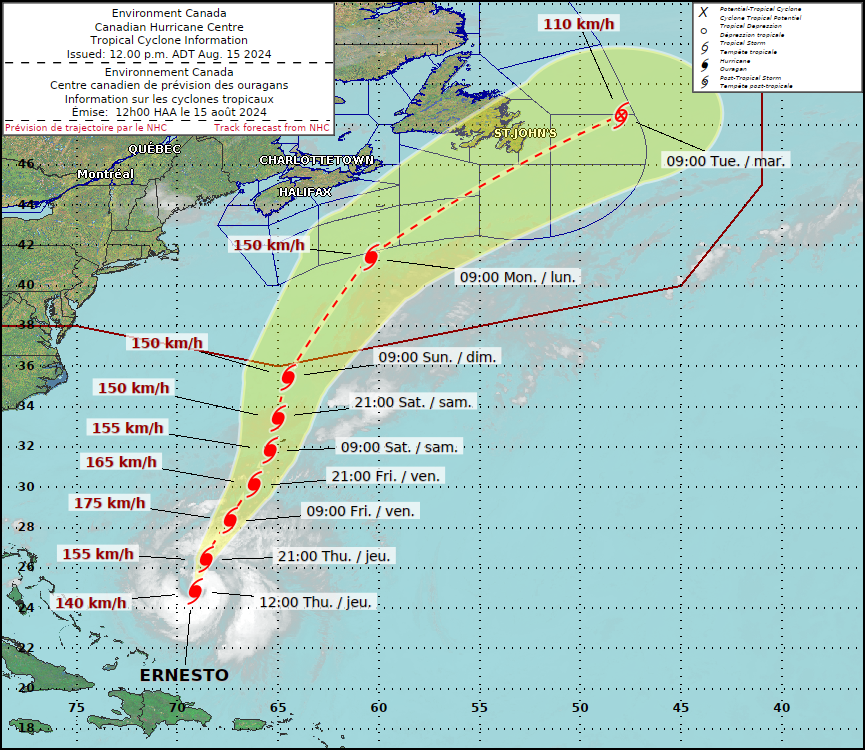Smoky Skies Ahead as Upper-Level Wildfire Smoke Sets In Across Ontario
/Over the weekend, Ontario experienced an early taste of late fall weather, with flurries making an appearance in parts of Northern Ontario. Meanwhile, out west, temperatures have been heating up, fuelling a resurgence of wildfire activity.
Now, this same weather pattern has shifted into Ontario, bringing rising temperatures along with increased wildfire smoke from out west including fires in Saskatchewan and Alberta. With a stagnant air mass in place, the smoke is expected to linger over the next few days.
The good news is that most of this smoke will remain high in the atmosphere, resulting in limited impacts on air quality. However, some minor smoke may reach the surface, which could affect those sensitive to air pollution. The most noticeable effect of the smoke will be at sunrise and sunset, creating a striking orange-red hue in the sky.
MODEL MAP FROM WEATHERBELL
We began seeing smoke move into the region late Wednesday, and it’s expected to thicken overnight into Thursday. By sunrise, two pockets of heavy smoke are forecast over Southern and Northwestern Ontario.
MODEL MAP FROM WEATHERBELL
Throughout Thursday, the smoke will continue to blanket the skies, with the densest areas concentrated over Northern, Central and Eastern Ontario. Expect a stunning sunset on Thursday evening—perfect for photography!
MODEL MAP FROM WEATHERBELL
By Friday morning, the air mass will begin to shift westward, gradually clearing the smoke near the Manitoba border. However, Northeastern and Southern Ontario will likely remain under smoky conditions through Friday.
The heaviest smoke on Friday is expected along the Lake Superior and Georgian Bay shorelines.
Aside from the smoke, conditions will be ideal for this time of year, with above-average temperatures settling in across Ontario. This warm trend is expected to continue in the short term, with mild temperatures forecast into next week.


























































